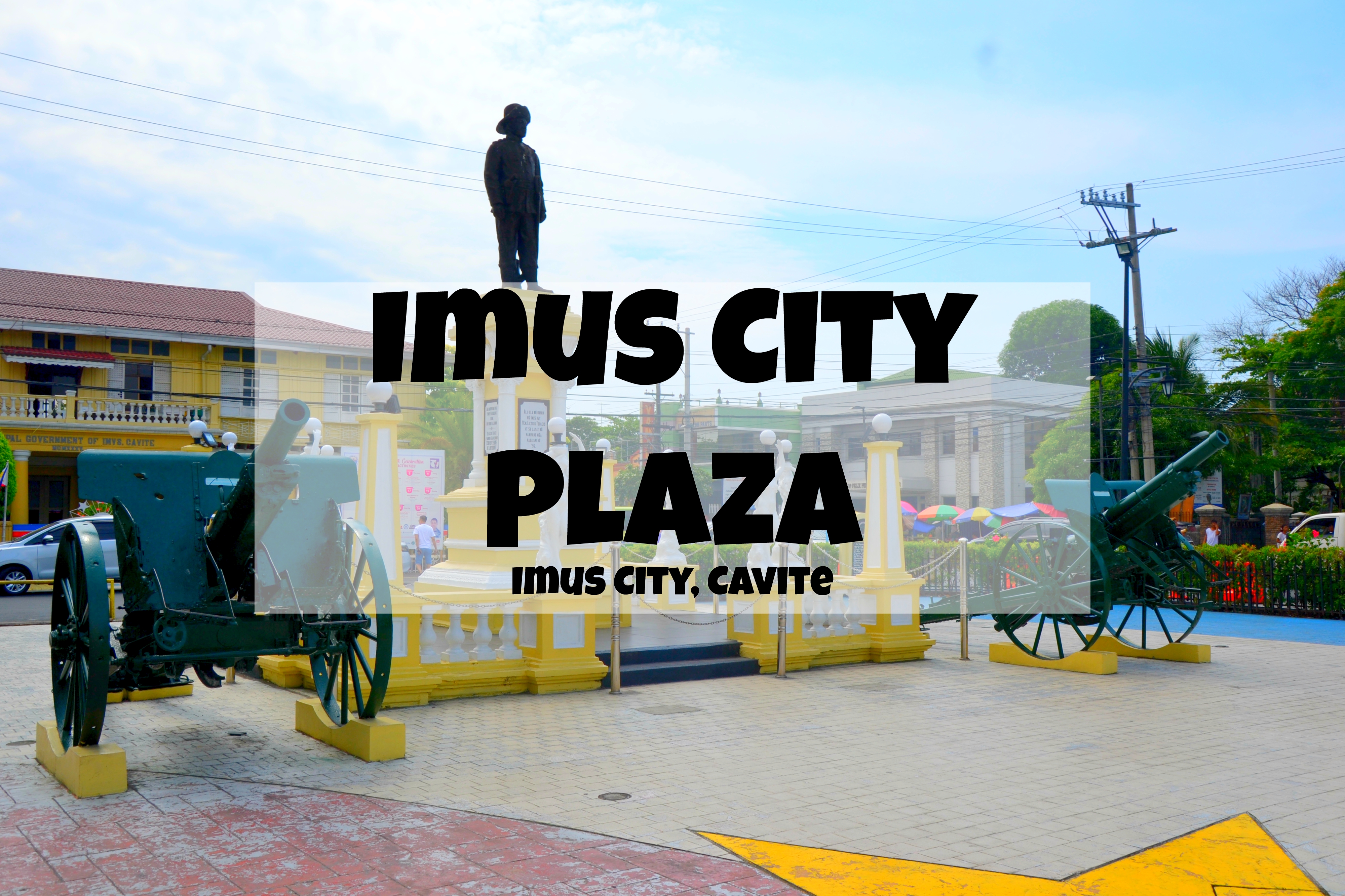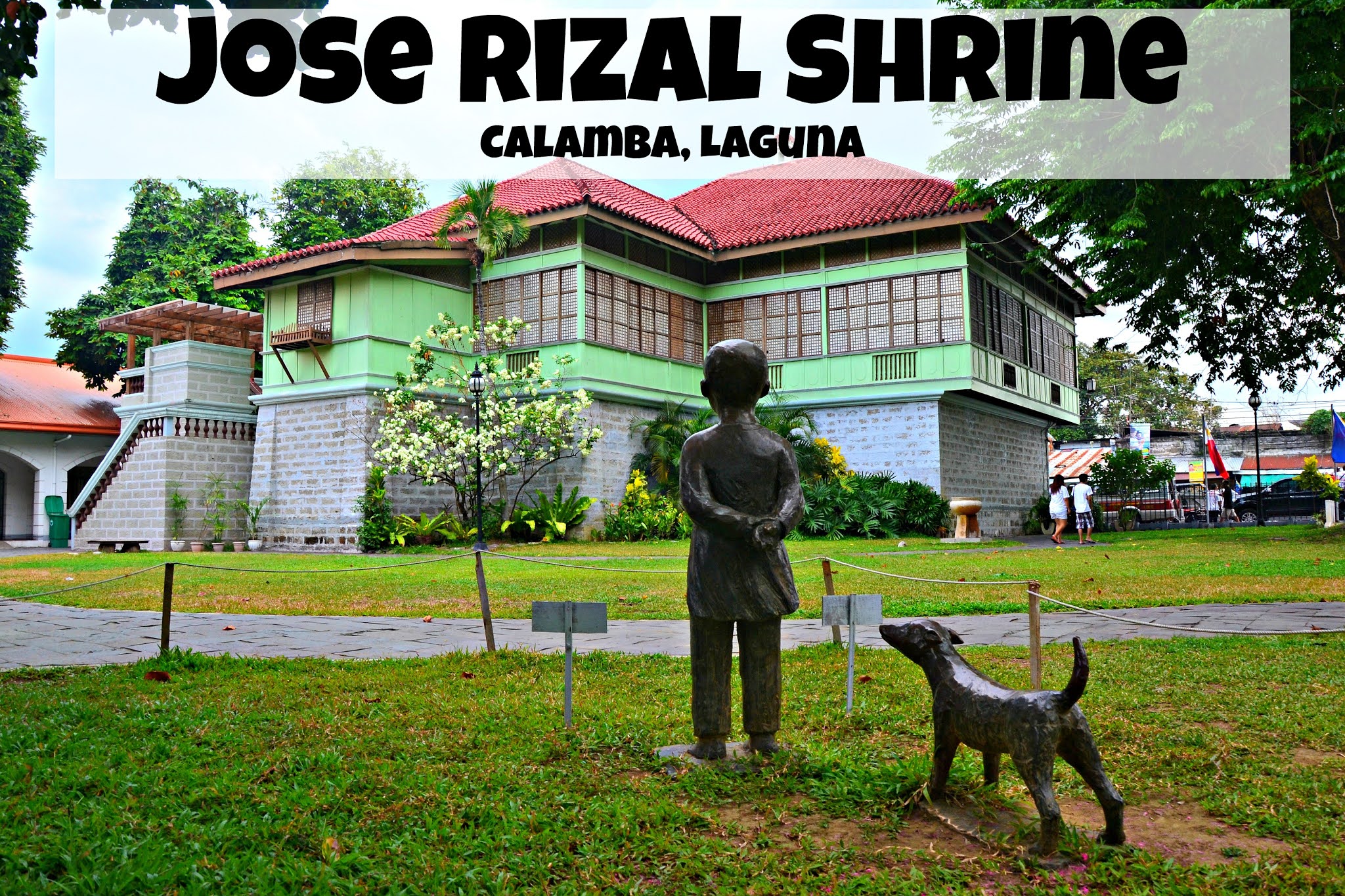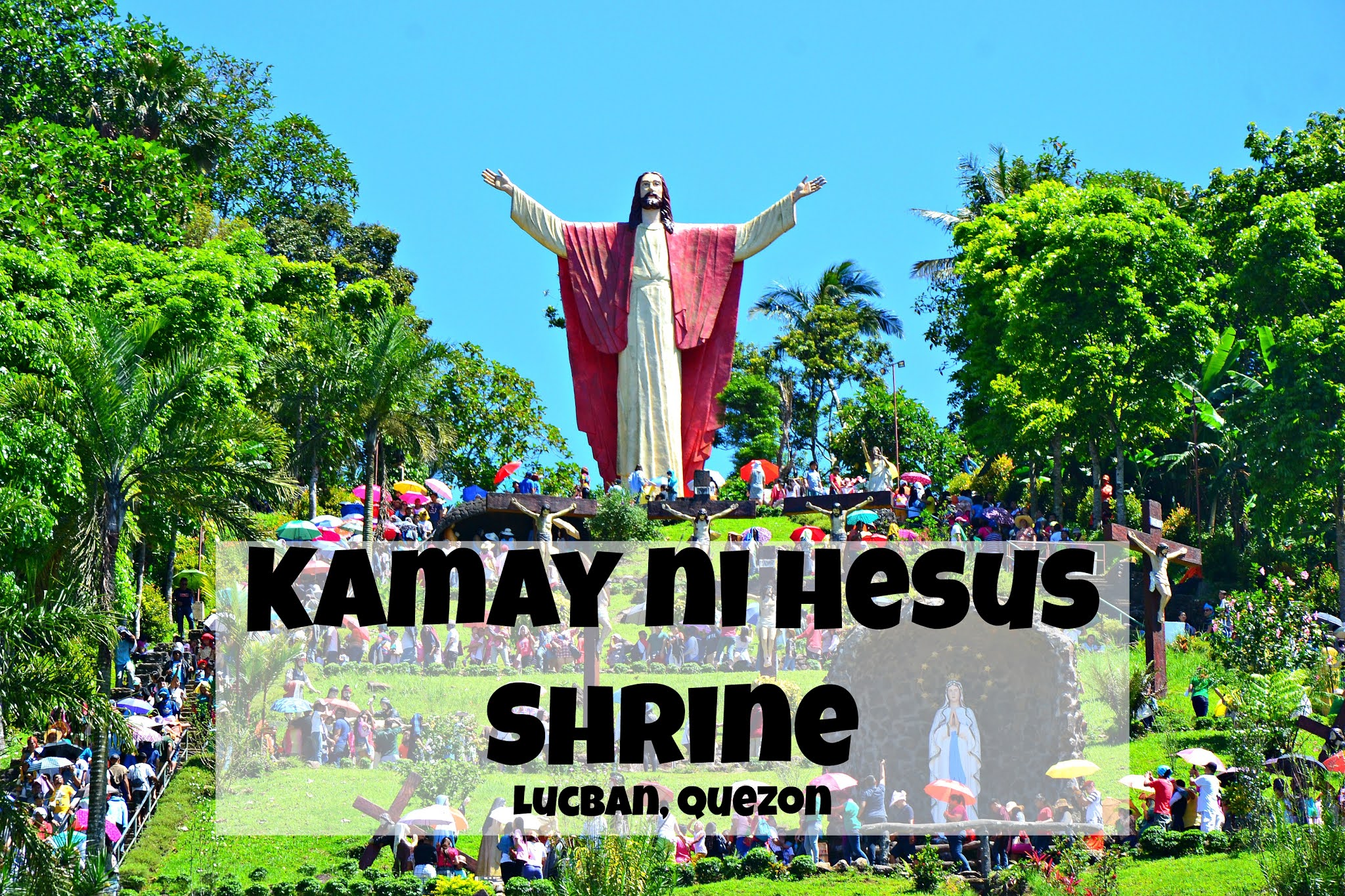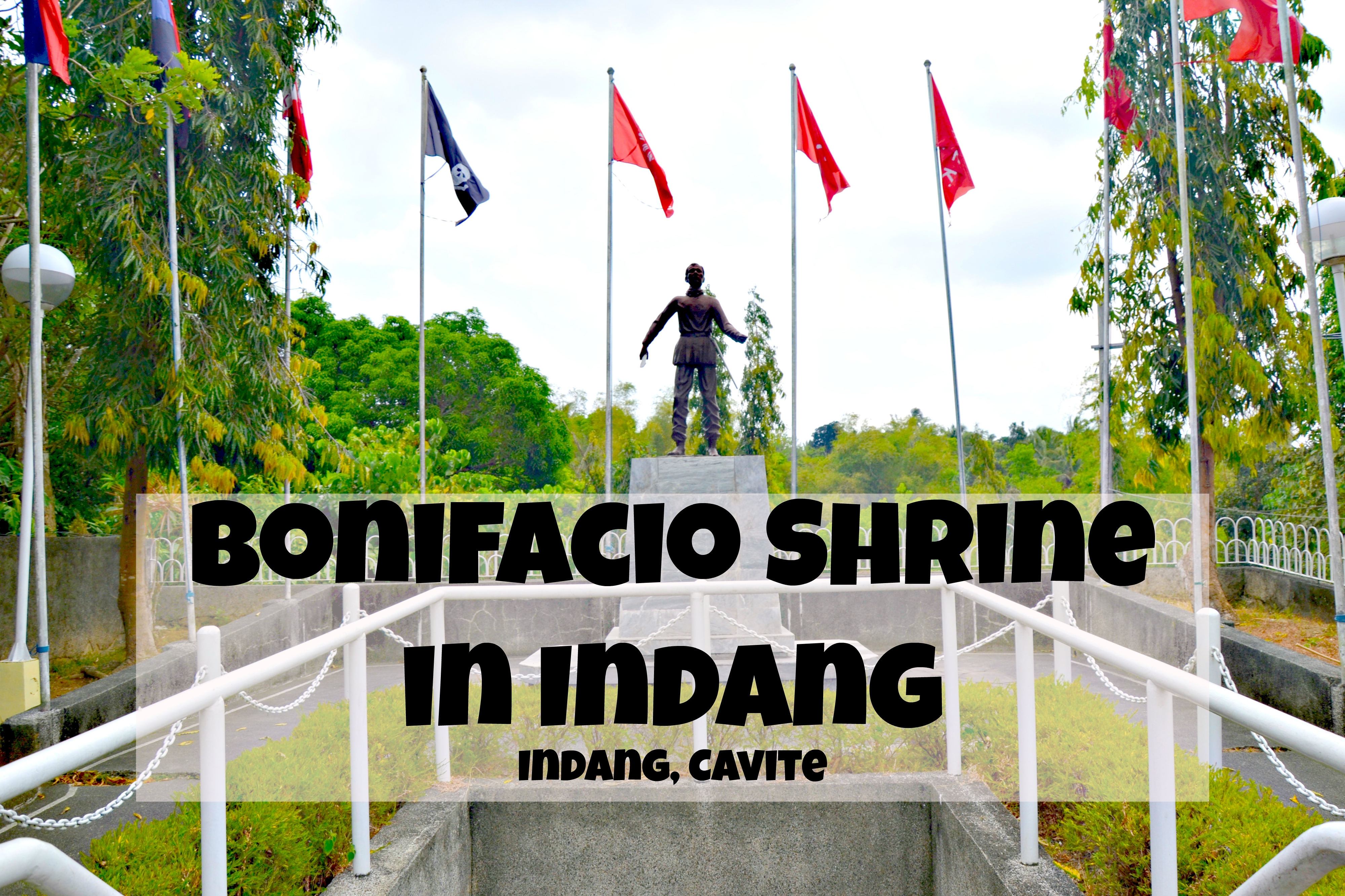Monuments of Cape Soya
 |
| Monuments of Cape Soya |
Cape Soya (宗谷岬) in Wakkanai City, Hokkaido Prefecture is the northernmost part of Japan. To mark it, The Monument of Japan's Northernmost Point was erected at the cape's tip. It has long been a popular stopover location for both motorists and tourists. The monument has been considered a symbol of Cape Soya and can be seen in postcards and articles about the place.
 |
| The Map of Cape Soya |
However, there are other monuments in Cape Soya like the following:
 |
Did you know?
Each detail of the tower is a direct reference to the tragedy. The height of the tower is 19.83 which is the date of the tragedy.
The 16 feathers in the wings represent the 16 different nationalities of the passengers of the plane. The tower was made with 269 white granite slabs which represents the number of casualties.
 |
| Mamiya Rinzō Statue (間宮林蔵の立像) |
Mamiya Rinzō Statue (間宮林蔵の立像) – He is a Japanese explorer who explored Karafuto (now Sakhalin) and mapped the northern territories.
Did you know?
There is also a statue of Mamiya Rinzo inside the Wakkanai Memorial Tower.
Did you know?
There is also a statue of Mamiya Rinzo inside the Wakkanai Memorial Tower.
 |
| Soya Misaki Music Monument (宗谷岬 音楽の碑) |
Soya Misaki Music Monument (宗谷岬 音楽の碑) – The lyrics of the 1976 hit ballad “Soya Misaki” is engraved in this monument.
Did you know?
The song is written by local songwriter Yoshida Hiroshi and famous Enka music composer Funamura Toru. The song plays whenever someone stands in front of it.
 |
| The Monument of Peace (平和の碑) |
 |
 |
The Monument of Peace (平和の碑) – It is a memorial for the sunken submarine USS Wahoo.
Did you know?
The USS Wahoo rests about 200 feet off the coast of Japan on the north side of La Perouse Strait. Russian divers found her wreck on July 28, 2006.
 |
| Akebono Statue (あけぼの像) |
 |
Akebono Statue (あけぼの像) – It is a monument with a bronze statue of a man and a woman in field clothes standing firm while staring at the endlessly stretching Soya Hills to the south is supposed to represent the "Dawn of Tenpoku Dairy Farming". Surprisingly, it honors Hokkaido's dairy sector.
Did you know?
The statue was erected on the hill of Cape Soya in July 1971 to honor Hokkaido's milk output exceeding 1 million tons and dairy cows reaching 500,000.
 |
Did you know?
The Sakhalin-Hokkaido Tunnel has been planned to link Japan and Russia beneath the La Perouse Strait way back in 2016. This would then link to the Trans-Siberian Railroad. However, this remains a plan as of this writing.
 |
| Kenji Miyazawa Literature Monument (宮沢賢治文学碑) |
Kenji Miyazawa Literature Monument (宮沢賢治文学碑) - It is a literary monument commemorating a poem composed by Kenji Miyazawa while on a ship sailing from Wakkanai Port to Sakhalin.
Did you know?
Famous Japanese poet and writer of children’s stories Miyazawa Kenji, boarded a ship from Wakkanai Port to Sakhalin in 1923 after his younger sister passed away. During his trip, he wrote several works including the one engraved in the monument.
 |
| Soya Coastal Waters Navy War Memorial (宗谷海域海軍戦没者 慰霊碑) |
 |
Soya Coastal Waters Navy War Memorial (宗谷海域海軍戦没者 慰霊碑) - A memorial monument dedicated to those who died in the line of duty in the defense of the Soya area.
Did you know?
In 1945, Soya Maru, a cargo-passenger ferry servicing Karafuto was attacked by an American submarine. Coastal Defense Ship No. 112 with 152 sailors quickly maneuvered into the line of fire to shield Soya Maru and was sunk protecting the passengers of the ferry.
 |
| Site of Omisaki Junior High School (大岬中学校跡地) |
Site of Omisaki Junior High School (大岬中学校跡地) – It’s a monument to remember the site of the former Omisaki Junior High School.
Did you know?
Omisaki Junior High School was closed in 1968.
Future of Our Children Peace Bell (子育て平和の鐘) – It is a bell wishing for the good health of children and peace in the home and the community.
Did you know?
The Future of Our Children Peace Bell was made using 10-yen coins given by locals and is loaded with prayers for the children's happiness in the future. The bell is designed to resemble a "bell of universal peace."
World Peace Bell (世界平和の鐘) – The bell was cast from copper mixed with coins and medals from 81 countries. The bell reminds people about the horrors of war.
Did you know?
The first World Peace Bell was created in 1954 to draw attention to the miseries of war and to celebrate the nobility of nuclear disarmament. It was cast using copper and coins from the 65 United Nations member countries during those times. This bell was donated to the United Nations Headquarters in New York.

















Comments
Post a Comment